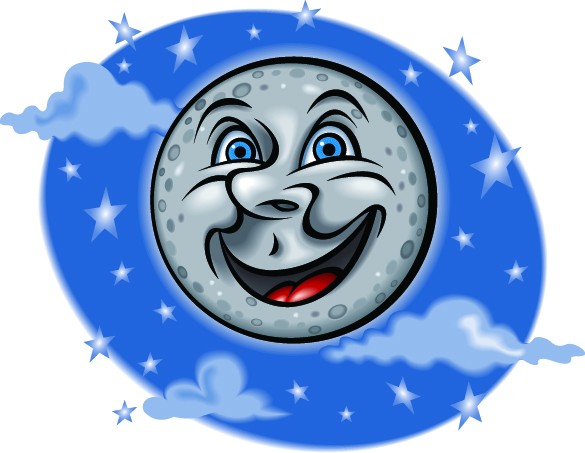Your Night Sky, 01/17

A spectacular total lunar eclipse is coming up on the night of Jan. 20 with the full moon early on Jan. 21. Winter is a great time for lunar eclipses because the moon is higher in the winter sky and lower in the summer. Plus, this is a Super Moon since the moon is close to Earth in its orbit.
A lunar eclipse occurs when Earth lies between the Sun and the moon. Since the moons orbit swings north or south of Earth’s shadow, a lunar eclipse doesn’t occur very often. The next total lunar eclipse won’t occur until May 2021.
The reason the moon doesn’t become invisible during the eclipse is because Earth’s atmosphere dispenses sunlight from many sunrises and sunsets occurring around our planet, which illuminate the moon and turn it red. Earth’s atmosphere bends sunlight, and longer wavelengths of light pass onward to the full moons face. That’s why the moon will appear red just like sunrise and sunset looks red as the light goes through Earth’s atmosphere. That’s why it’s also called the Blood Moon.
An eclipse penumbra is Earth’s shadows pale fringe. Umbra is the dark central region which is the total eclipse. So the penumbra doesn’t really change the moon’s appearance until two-thirds of the moon is covered by Earth’s shadow. Then you can begin to see a color difference.
Since the moon travels from west to east across Earth’s shadow you will see the shade begin to appear on the moons left side. The moon will pass north of the center of Earth’s shadow, so during the total phase the upper part of the moon will appear brighter while the lower portion will appear darker.
The penumbra will first become visible around 8:10 p.m. The partial eclipse begins at 8:34 p.m. and the total eclipse runs from 9:41 p.m. until 10:44 p.m. with the maximum eclipse at 10:12 p.m. So periodically look in the eastern sky to observe the moon. It will be about halfway up in the sky and will most likely appear orange and then may turn to red during the total eclipse.
One nice thing about a lunar eclipse is that during totality the sky becomes darker and the stars brighter. Usually during a full moon the stars become dimmer and the fainter ones disappear. So enjoy the night sky during totality. Plus a few days after the full moon there will be great night sky viewing as the moon comes up later.
There are three Super Moons coming up. Jan. 21 is the first one, followed by Feb. 19 and March 21. February’s will be the largest and closest. Super moons are 14 percent bigger and 30 percent brighter than a regular full moon. This makes them wonderful to observe. Also lunar eclipses don’t usually occur with a Super Moon, so this is a rare event coming up.
On the morning of Jan. 22, Venus and Jupiter will visit each other at only two degrees apart. That’s due to the fact that Venus is dropping lower in the sky, and Jupiter is rising higher. On Jan. 23, Saturn begins to appear low in the southeast. Lots to look at this month.



